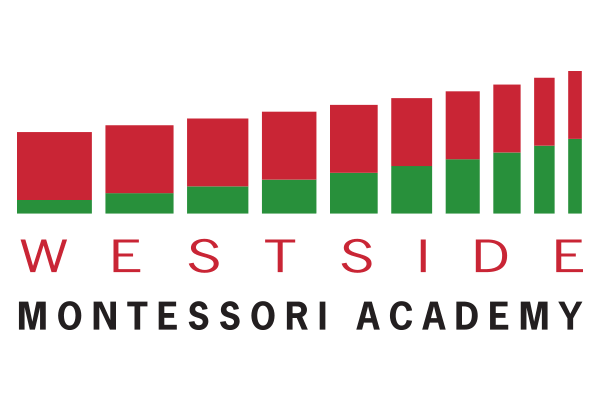
With the New BC Curriculum that was introduced last year and huge changes in pedagogical methods, teachers are being inundated with workshops and papers to read on the new way of thinking. For us Montessori teachers it is interesting to find that we have been employing a lot of these ‘new ideas’ for over 100 years. That said, it is important to sort through it all to make sure we don’t miss anything and ensure what we do is relevant.
Members of our staff had the opportunity to attend a workshop called Taking Making into the Classrooms. Making defined as ‘to bring into being by sharing, changing, or combining materials and ideas, to create something’.
Hands-on activities that teach the child through the process of working with them is an integral part of our classrooms. Making defines practical life activities in the elementary years, where learning to sew, knit, felt, weave, carve, wood-burn, cook, bake, cross stitch and so much more, can be found in our classrooms. I read through the Taking Making into the Classrooms theory and found some interesting points to share.
Developing a growth mindset is done through fostering creativity, being learner centred, structured and well designed, profoundly personalized, inclusive and social.
This is the description of a maker environment and these environments are focused on developing;
- Creativity
- Problem-solving
- continuous improvement skills
- Risk assessment & risk taking skills
- Relationship building & communication skills
- Implementation skills
Supporting Dr. Montessori’s Philosophy
Contemporary research from Stanford University suggests that when we tinker with complicated and engaging tasks, make mistakes, and encounter failure, we do the intellectual wrestling that fosters the development of brain synapses, which build brain plasticity and intelligence. Jo Boaler, in her work with students to build mathematical understanding, has learned that effort and practice grow the essential brain synapses.
The Montessori environment is designed for the learner and is set-up for every level of learning in the classroom. The activities and materials are designed to be hands-on, to be self-correcting and to be appealing to the child. The method is child centred, non-competitive, individually paced, and seeks to find the child’s full potential.
Becoming a ‘Maker’ and having hands-on experiences in our learning helps to develop critical and creative thinking, problem finding and problem solving, authentic learning and collaboration. While we are not considered ‘makers’ or this is not all of our philosophy in Montessori, the way our environment is designed and the structure provided, allows for children to develop all of the above attributes for much the same reasons. Students are engaged in their learning, often using their hands and whole body to learn. They are not only learning by listening, but kinaesthetically as well. Dr. Montessori always said, “What the hand does the mind remembers”.
The BC curriculum recognizes these as sought after attributes, and they are looking to methods of bringing these attributes into their students’ learning experiences. While we will definitely bring some more ‘making’ ideas into our classrooms, it is nice to know the philosophical framework that has brought this idea forth is already at play in our classrooms, and is the way our students learn every day.








Leave Your Reply